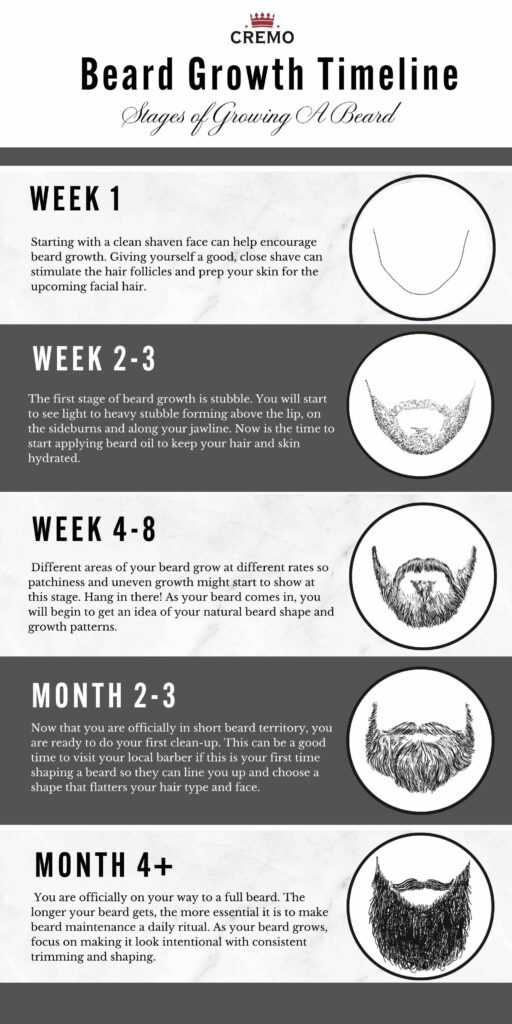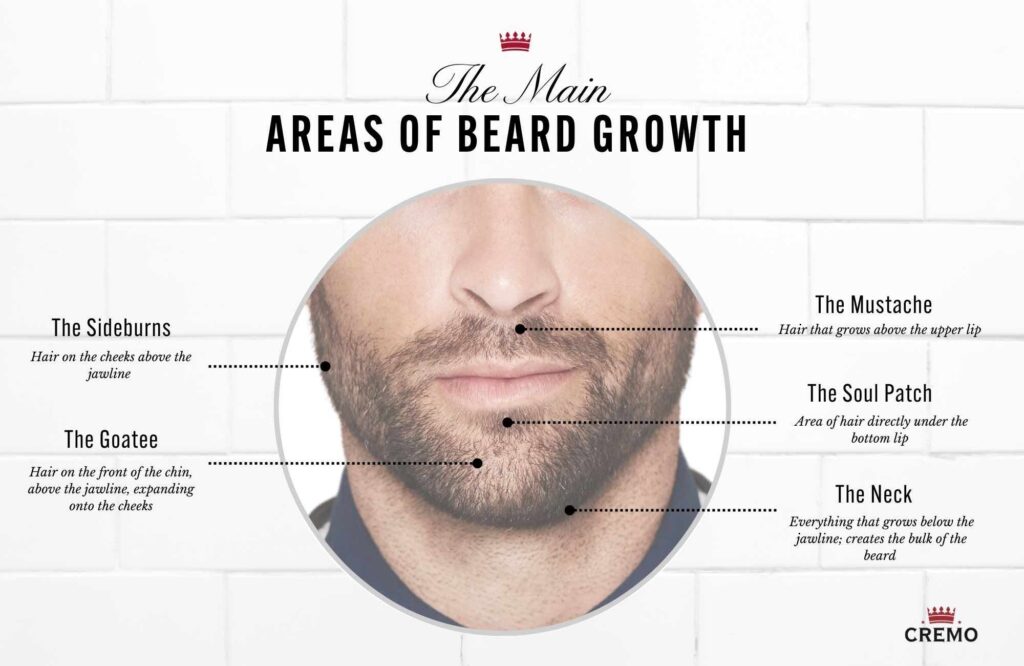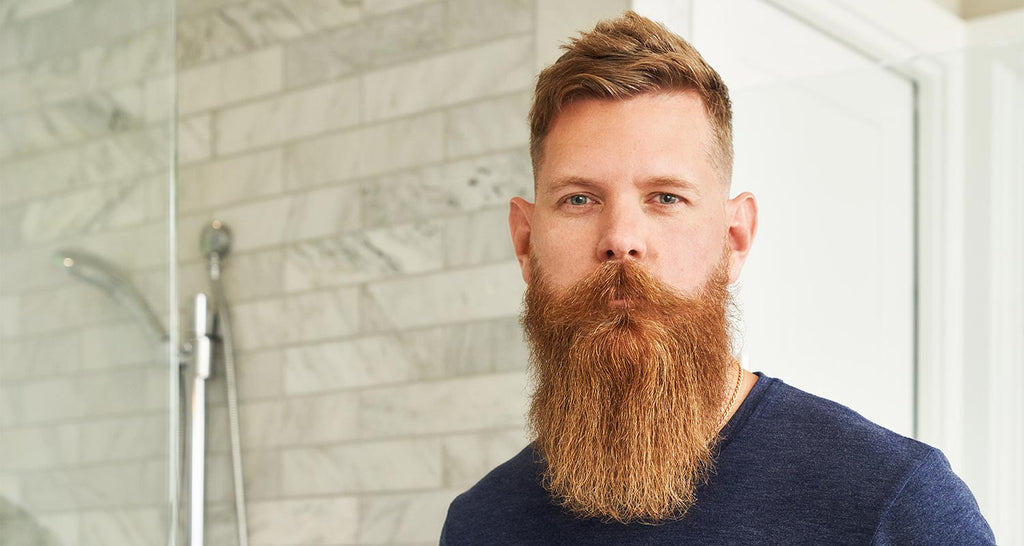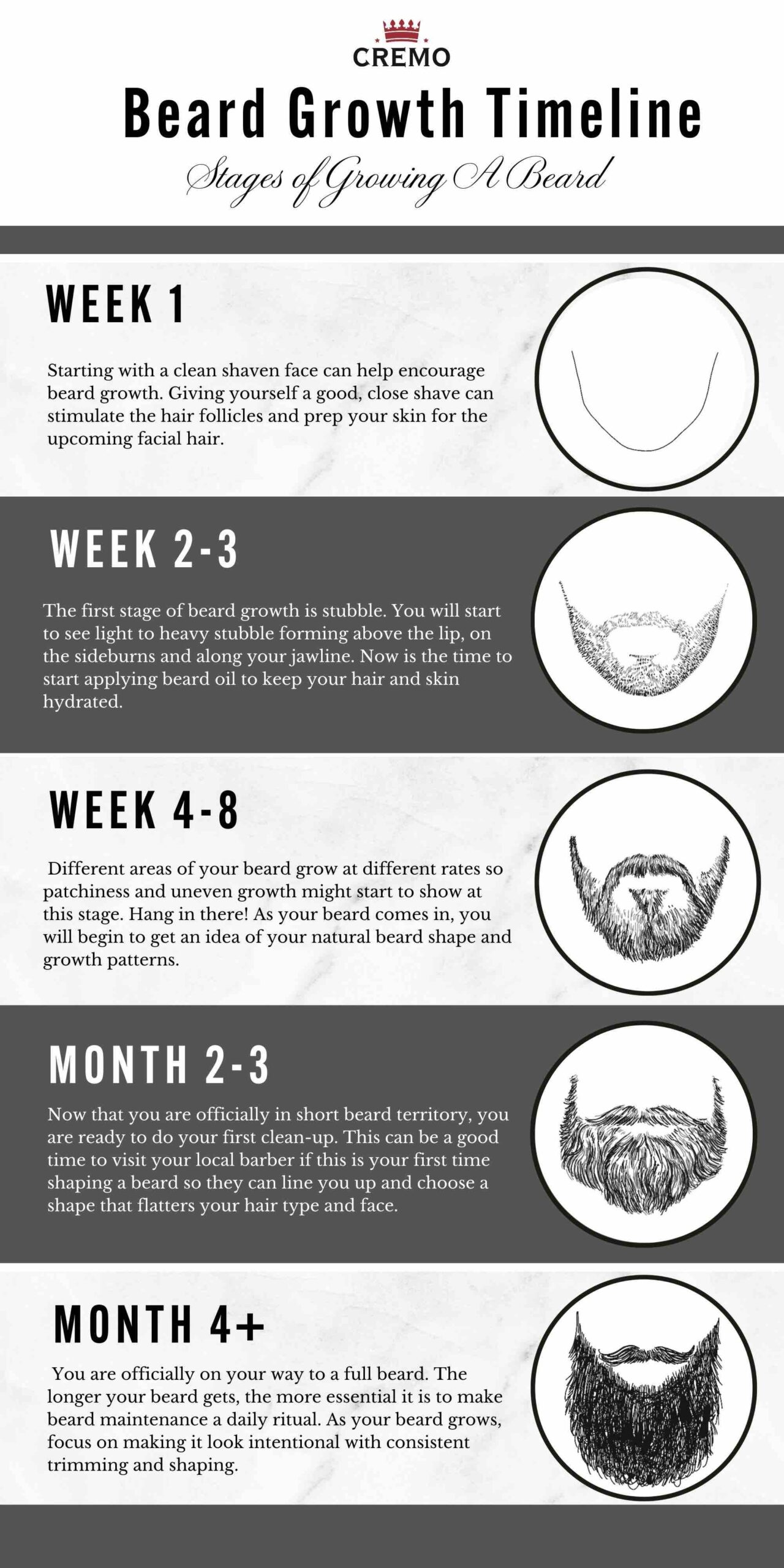Have you ever wondered why some guys seem to grow a full, luscious beard in no time, while others struggle with patchy growth? Well, you’re not alone! The rate at which your beard grows can be influenced by a variety of factors. In this article, we’ll dive into the details and explore what exactly affects the speed at which your beard grows. Whether it’s genetics, lifestyle choices, or even something as simple as age, we’ll break down the science behind beard growth and give you the insights you need to understand your own beard journey. Let’s get started and uncover the secrets to a thriving beard! When it comes to the rate at which your beard grows, several factors come into play. Understanding these factors can help you better understand and manage your beard growth. Here are some key factors that influence the rate at which your beard grows:

1. Role of Genetics
1.1 Genetic Determinants of Beard Growth
Genetics play a significant role in determining the growth rate, thickness, and pattern of your beard. Your genetic makeup determines the number and sensitivity of androgen receptors in your facial hair follicles. Androgens, such as testosterone and DHT, are responsible for the development and growth of facial hair. The presence of a higher number of androgen receptors can result in a denser beard.
1.2 Hereditary Factors in Beard Growth
Beard growth patterns can also be influenced by hereditary factors. Look at your family history to get an idea of what to expect. If your father or other close male relatives have a thick, full beard, you are more likely to have a similar beard growth pattern.
2. Hormonal Influence
2.1 Testosterone and DHT Levels
Testosterone is the primary hormone responsible for beard growth. It stimulates the growth of facial hair follicles and the production of DHT (dihydrotestosterone), a more potent form of testosterone. Higher levels of testosterone and DHT can promote faster and thicker beard growth.
2.2 Influence of Androgen Receptors
The sensitivity of androgen receptors in your facial hair follicles also influences beard growth. If your androgen receptors are highly sensitive to hormones like testosterone and DHT, you are more likely to experience faster and more robust beard growth.
3. Age and Development
3.1 Beard Growth in Adolescence
During adolescence, hormone levels surge, leading to the onset of beard growth. The rate of growth varies from person to person and is influenced by genetics and hormonal factors. It is not uncommon for teenagers to have patchy or slow-growing beards as their hormones and facial hair follicles are still developing.
3.2 Changes in Beard Growth with Age
Beard growth tends to increase and stabilize as you reach your 20s and 30s. However, as you age, your hormone levels, particularly testosterone, may start to decline, which can affect beard growth. Changes in beard color and texture may also occur with age.
4. Health and Nutrition
4.1 Impact of Overall Health on Beard Growth
Your overall health and well-being play a crucial role in beard growth. Poor health, nutritional deficiencies, and certain medical conditions can hinder beard growth. Maintaining a balanced diet and a healthy lifestyle can support optimal beard growth.
4.2 Nutritional Considerations for Beard Growth
Certain nutrients are essential for healthy hair growth, including facial hair. Adequate intake of vitamins A, C, and E, as well as biotin, zinc, and protein, can promote beard growth and health. Incorporating foods rich in these nutrients, such as fruits, vegetables, lean meats, and nuts, into your diet can support beard growth.

5. Blood Circulation and Oxygenation
5.1 Importance of Good Blood Circulation
Good blood circulation is crucial for delivering oxygen and nutrients to your hair follicles, including those on your face. Poor circulation can hinder beard growth and lead to thin or slow-growing facial hair. Regular exercise, scalp massage, and avoiding tight-fitting clothing around the neck can help improve blood circulation to your facial hair follicles.
5.2 Techniques to Improve Circulation to Facial Hair Follicles
Massaging your face with a natural beard oil or balm can help stimulate blood circulation to your facial hair follicles. This technique not only promotes beard growth but also helps in maintaining a healthy, itch-free beard.
6. Stress and Lifestyle Factors
6.1 Influence of Stress on Beard Growth
Stress can negatively impact beard growth by disrupting hormone levels and suppressing healthy hair growth. Finding healthy ways to manage stress, such as regular exercise, meditation, and engaging in hobbies, can positively influence beard growth.
6.2 Effect of Sleep, Exercise, and Tobacco/Alcohol Consumption on Beard Growth
Adequate sleep, regular exercise, and a healthy lifestyle can contribute to optimal beard growth. Poor sleep, lack of physical activity, and excessive tobacco or alcohol consumption can hinder beard growth and overall hair health.

7. Environmental Factors
7.1 Sun Exposure and UV Radiation
Excessive sun exposure can damage your facial hair, leading to dryness, brittleness, and slow growth. Protecting your beard from the sun’s harmful UV radiation using sunscreen or by wearing a hat can help maintain healthy beard growth.
7.2 Effects of Climate and Weather on Beard Growth
Extreme weather conditions, such as cold winters or excessively dry climates, can affect beard growth. Properly moisturizing and protecting your beard in harsh weather conditions can promote healthy growth.
8. Beard Grooming Habits
8.1 Proper Washing and Exfoliation
Regularly washing your beard with a gentle beard shampoo and exfoliating the underlying skin can help maintain a clean and healthy beard. A clean beard is less prone to issues like dandruff or itching, promoting better beard growth.
8.2 Importance of Regular Trimming and Shaping
Trimming your beard regularly helps maintain its shape and removes split ends, promoting healthier growth. Trimming also prevents uneven growth and helps you achieve the desired beard style.

9. Quality of Beard Products
9.1 Choosing the Right Beard Oil, Balm, and Shampoo
The quality of your beard products can directly impact beard growth. Using high-quality beard oils, balms, and shampoos that nourish and moisturize your facial hair can support healthy growth.
9.2 Considerations for Beard Trimmers and Brushes
Investing in good beard trimmers and brushes can help maintain a well-groomed beard. These tools help distribute natural oils evenly and prevent tangles, keeping your beard healthy and promoting better growth.
10. Notable Medical Conditions
10.1 Alopecia Barbae and Other Beard Hair Loss Conditions
Certain medical conditions, such as alopecia barbae, can cause patches of hair loss in the beard area. Consulting a dermatologist for proper diagnosis and treatment is recommended if you experience significant beard hair loss.
10.2 Underlying Medical Conditions that Affect Beard Growth
In some cases, underlying medical conditions, such as hormonal imbalances or autoimmune disorders, can affect beard growth. Treating these conditions can help restore beard growth to normal levels.

11. Myth or Fact: Does Shaving Promote Beard Growth?
11.1 Debunking the Myth
Contrary to popular belief, shaving does not promote beard growth. Shaving merely gives the appearance of a thicker beard as it cuts off the tapered ends of the hair strands, making them appear fuller.
11.2 Understanding the Appearance of Faster Growth after Shaving
After shaving, it may appear as though your beard grows faster, but this is simply because the shaved hair regrows uniformly. In reality, shaving has no impact on the actual rate at which your beard grows.
12. Psychological Factors
12.1 Self-Perception of Facial Hair
Your perception of your facial hair can influence how you care for and groom your beard. Embracing your facial hair and being confident in its growth can positively impact its overall appearance.
12.2 Societal and Cultural Influence on Beard Growth
Societal and cultural norms can influence how you perceive your beard and its growth rate. Understanding and embracing the diverse cultural perspectives on facial hair can help you develop a positive attitude towards your own beard growth.
13. Supplements and Remedies
13.1 Popular Beard Growth Supplements
Various supplements claim to promote beard growth, but their efficacy is not scientifically proven. Before considering any supplements, consult with a healthcare professional to determine if they are safe and appropriate for you.
13.2 Natural Home Remedies for Promoting Beard Growth
While natural remedies like coconut oil or castor oil may moisturize and condition your facial hair, their ability to promote actual beard growth is limited. It’s best to focus on the factors discussed earlier, such as nutrition and overall health, to support beard growth.
14. Conclusion
In conclusion, the rate at which your beard grows is influenced by a combination of genetic, hormonal, age-related, lifestyle, and environmental factors. While you cannot change your genetics, you can optimize other factors to support healthy beard growth.
Focus on maintaining a healthy lifestyle, including a balanced diet, regular exercise, and stress management. Use high-quality beard products and establish good grooming habits. Embrace and accept your beard’s unique characteristics, and remember that beard growth is a personal journey that should be celebrated and enjoyed.
Here at BeardsDude.com, we are committed to providing you with the knowledge and resources you need to navigate your beard growth journey successfully. Join our community, access our comprehensive guides and reviews, and let us be your trusted source for all things beard-related. Happy growing!
